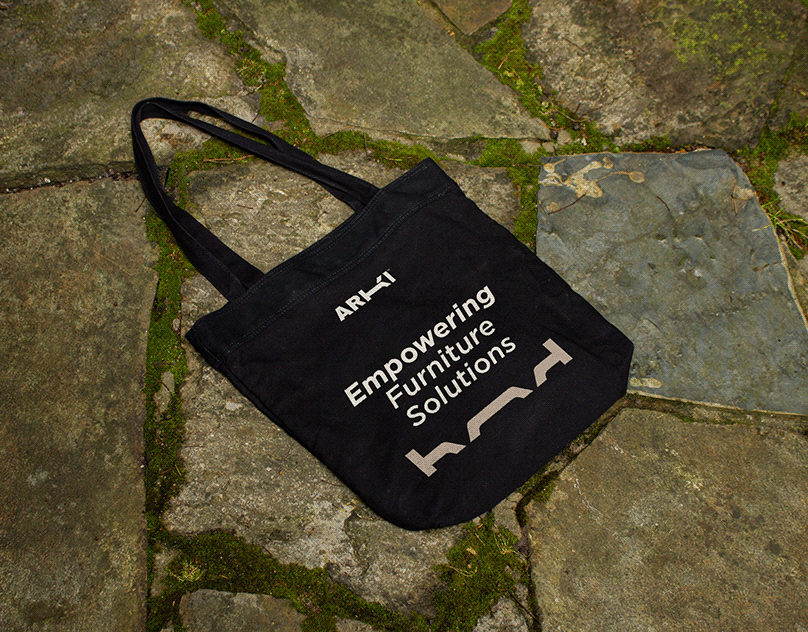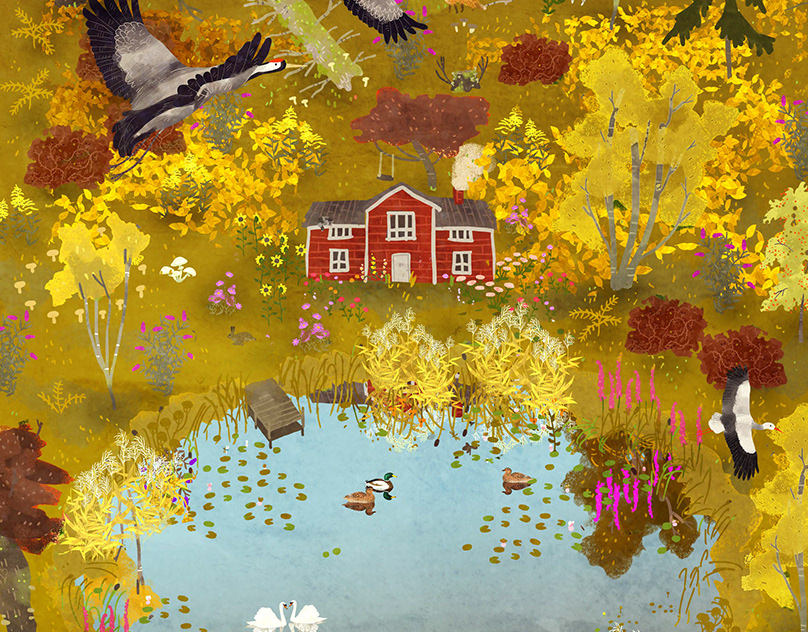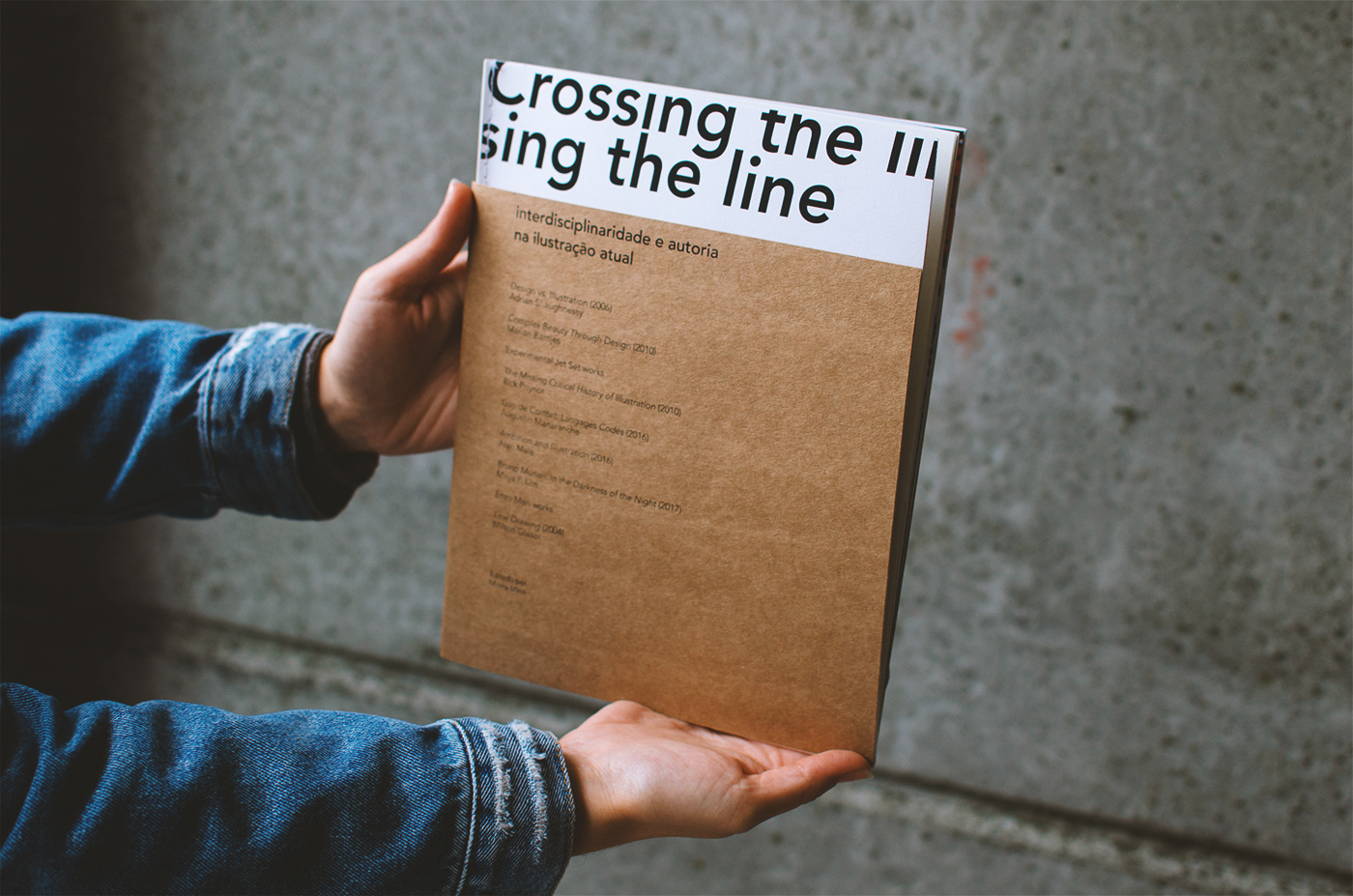
Crossing the line:
interdisciplinarity and authorship in today's illustration
Crossing the line is a reader, a compilation of articles, which mainly discusses the existence of a border or line that separates and distances design from illustration. Is it possible to point out where one discipline ends and the other begins?
Nowadays it has become mandatory to have knowledge in several areas, interdisciplinarity is the watchword. We need to have a voice and engage ourselves in debates. In addition, it is important that illustrators no longer are be seen as mere creators of images.
On the cover, the title appears cut as a reference to the book's message and the apparent stitching reinforces the idea of boundary. Also on the cover, we have the index with the list of the selected texts and the order they are presented. This tab/cover also serves as an element that reinforces the idea of boundary by only partially showing the internal content of the book. If the index acts as a cover, on the back, the colophon acts as a synopsis. This dual function of the elements also refers to the title.
____________
Crossing the line:
interdisciplinaridade e autoria na ilustração atual
Crossing the line trata-se de um reader, uma compilação de artigos, que discute, em termos gerais, sobre a existência de uma fronteira que separe e distancie o design e a ilustração. É possível apontar onde acaba uma disciplina e começa a outra?
Nos dias de hoje se faz necessário ter conhecimento em várias áreas, interdisciplinaridade é palavra de ordem. Precisamos ter voz e nos engajar em debates. Além disso, é importante que ilustradores deixassem de serem vistos como mero criadores de imagens.
Na capa, o título aparece cortado como uma referência à mensagem do reader e a costura aparente reforça a ideia de fronteira. Ainda na capa, temos o índice com a relação dos textos selecionados e a ordem que são apresentados. Essa aba também funciona como elemento que reforça a ideia de fronteira ao mostrar apenas parcialmente o conteúdo interno do livro. Se o índice funciona como capa, no verso, o cólofon funciona como sinopse. Essa dupla função dos elementos remete mais uma vez ao título do reader.
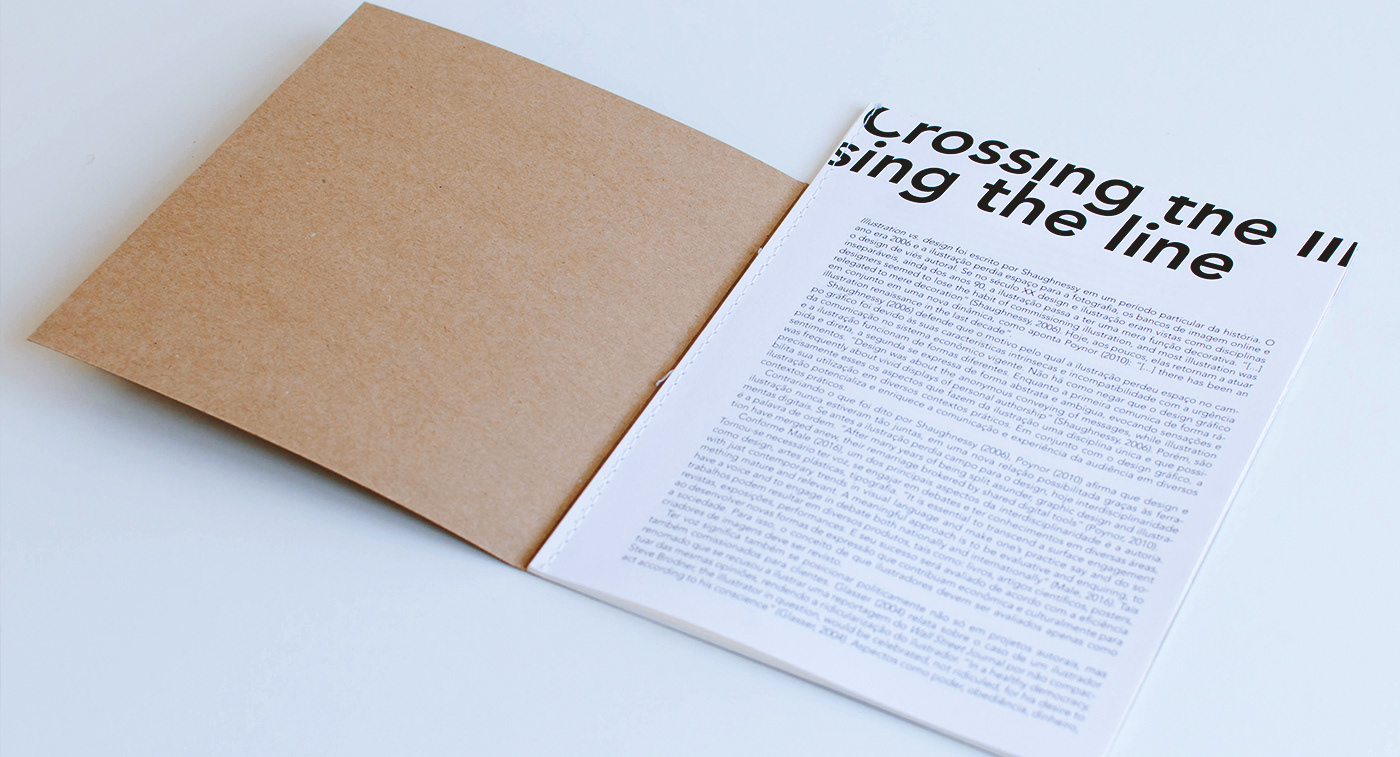
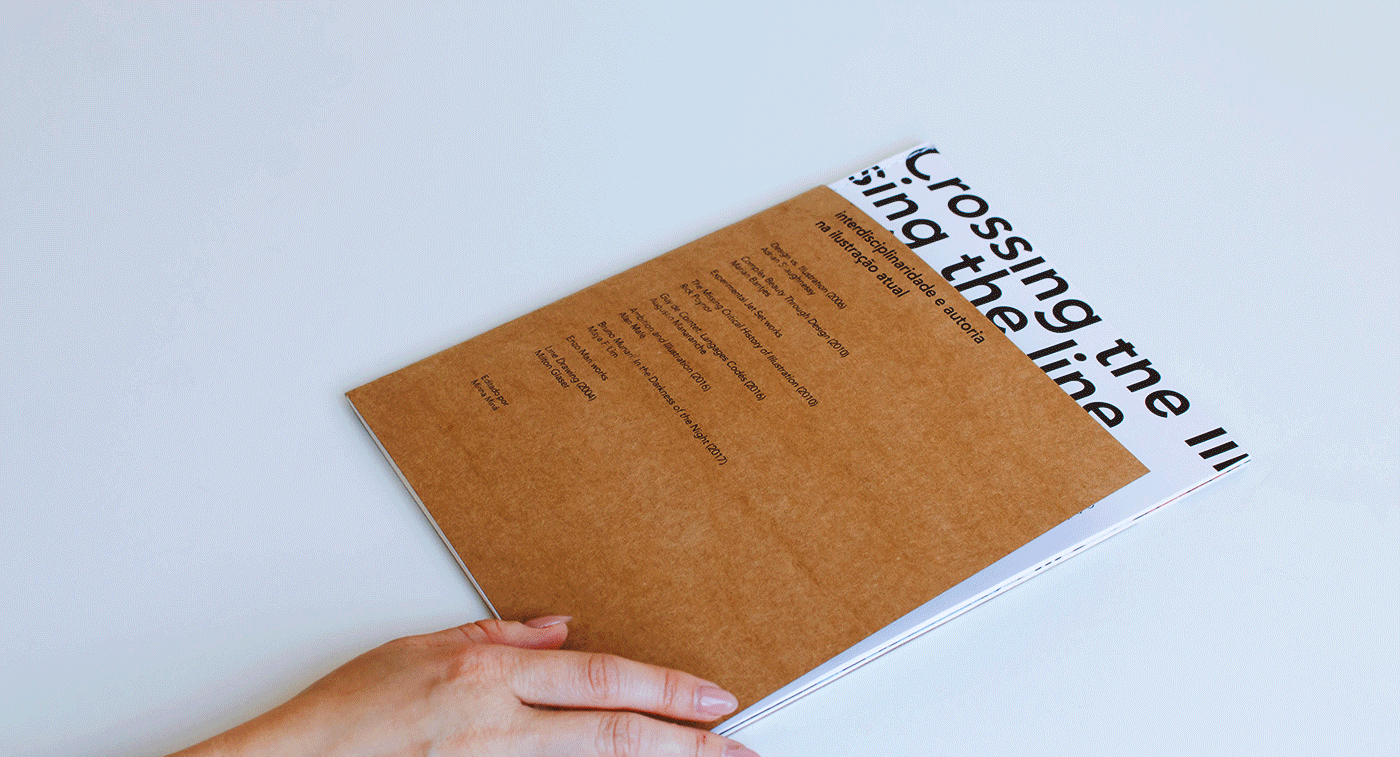
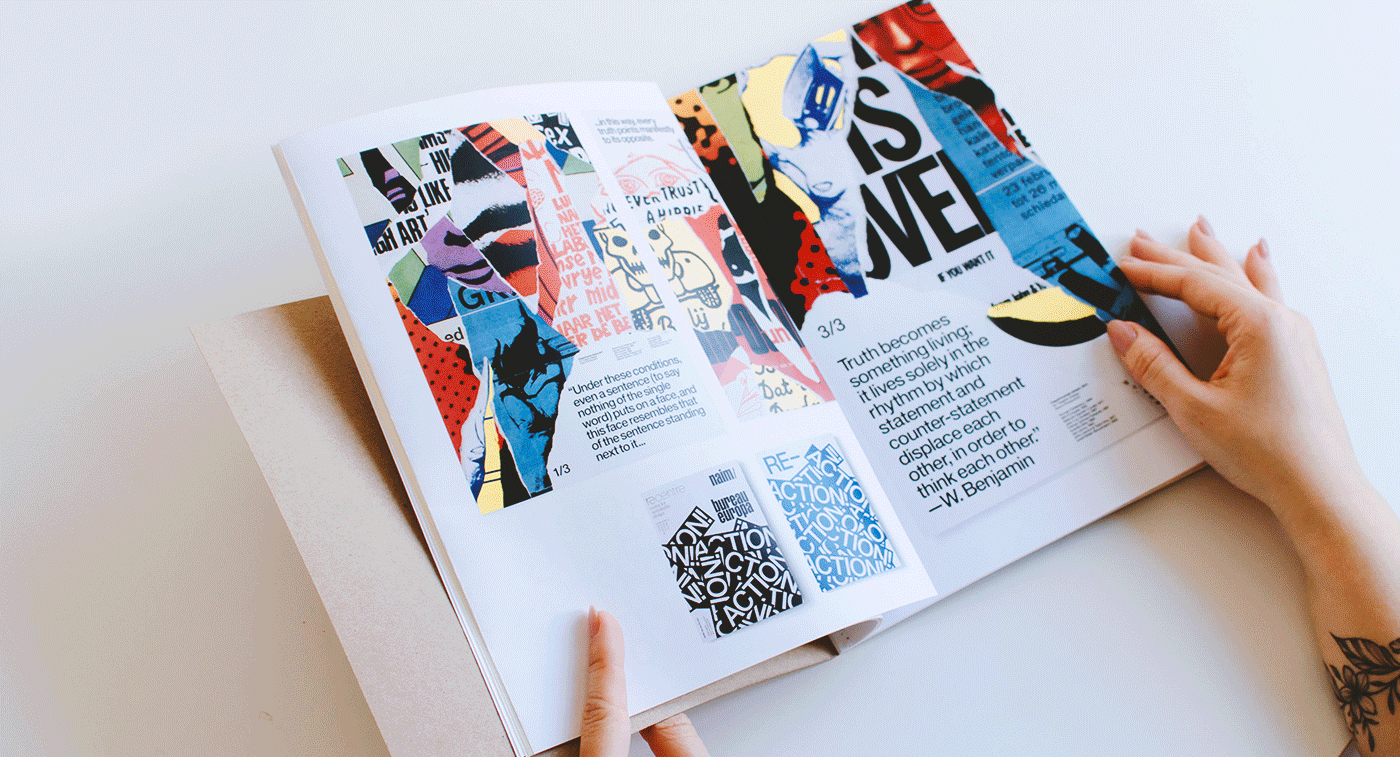
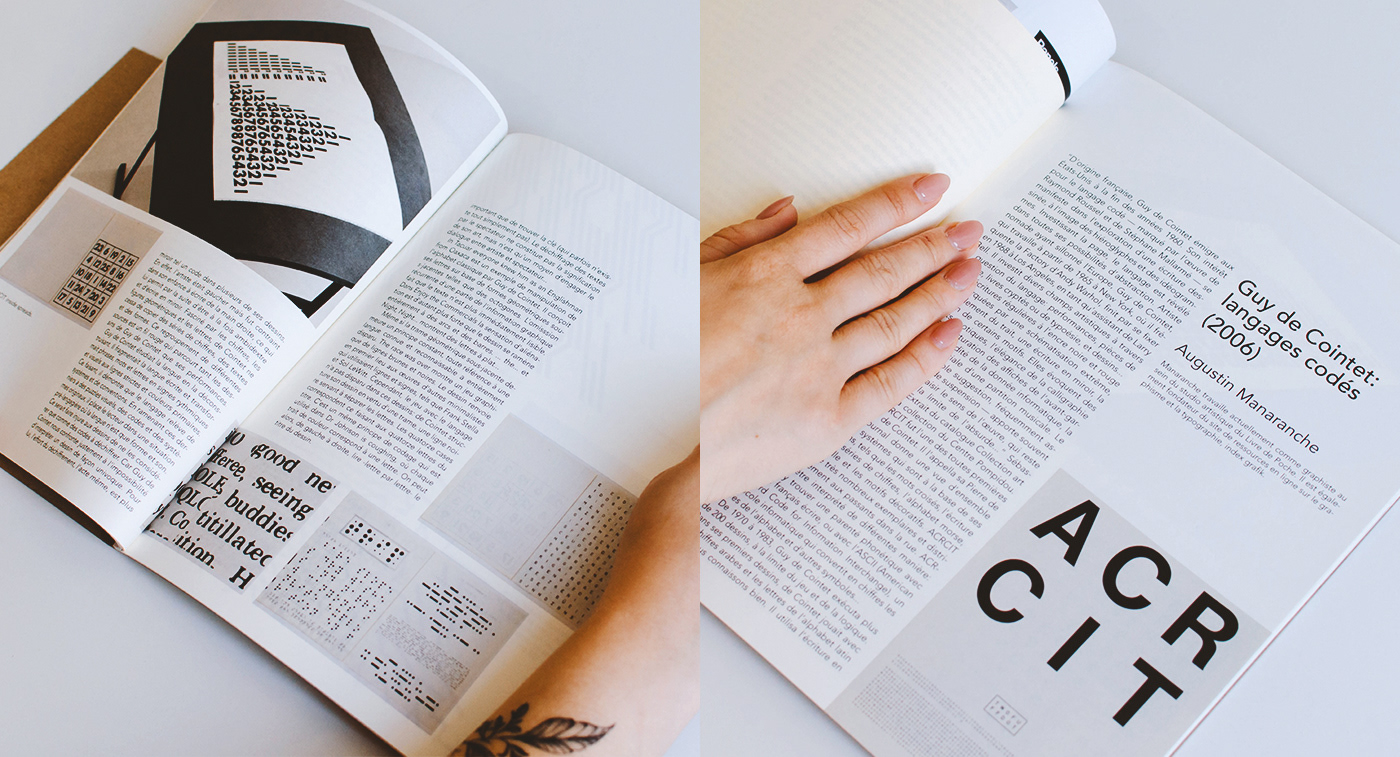
The reader has 3 different type of texts: theoretical texts, case studies and visual essays. Each one of them has its own design and pagination according to its content. As theoretical texts are more dense and have no images, they were paginated in two collums. Case studies have only one collum and a lot of space for images. On the other hand, visual essays have no text and a lot which means a lot of space for images. You can also note that the theoretical texts were printed in a colored and smaller paper, while the visual essays were designed for a foldable paper.
The three types of text were ordered in the reader to create a reading rhythm where the same types of text do not follow each other.
__________
O reader contém três diferentes tipos de artigos: textos teóricos, estudos de caso e ensaios visuais. Cada um deles possui um design próprio e tipo de papel que correspondem ao seu conteúdo. Como os textos teóricos são mais densos e não possuem imagens, eles foram paginados em duas colunas. Os estudos de caso precisam de imagens para ilustrar os textos, então foram dispostos em uma coluna com imagens ao redor. Por fim, como os ensaios visuais não contém textos, as imagens foram dispostas por toda a página. Os textos teóricos foram impressos em um papel menor e levemente colorido, diferente dos demais. Enquanto isso, os ensaios visuais foram impressos em papéis maiores e dobráveis. Os três tipos de textos foram arranjados no reader de forma que não houvessem dois tipos iguais seguidos.
Index
Design vs. Illustration (2006)
Adrian Shaughnessy
Complex Beauty Through Design (2010)
Marian Bantjes
Experimental Jet Set works
The Missing Critical History of Illustration (2010)
Rick Poynor
Guy de Cointet: Langages Codés (2016)
Augustin Manaranche
Ambition and Illustration (2016)
Alan Male
Bruno Munari: In the Darkness of the Night (2017)
Maya P. Lim
Enzo Mari works
Line Drawing (2004)
Milton Glaser
Theoretical texts
Design vs. Illustration (2006) - Adrian Shaughnessy
The Missing Critical History of Illustration (2010) - Rick Poynor
Ambition and Illustration (2016) - Alan Male
Line Drawing (2004) - Milton Glaser

Case studies
Complex Beauty Through Design (2010) - Marian Bantjes
Guy de Cointet: Langages Codés (2016) - Augustin Manaranche
Bruno Munari: In the Darkness of the Night (2017) - Maya P. Lim

Visual essays
Experimental Jet Set works
Enzo Mari works



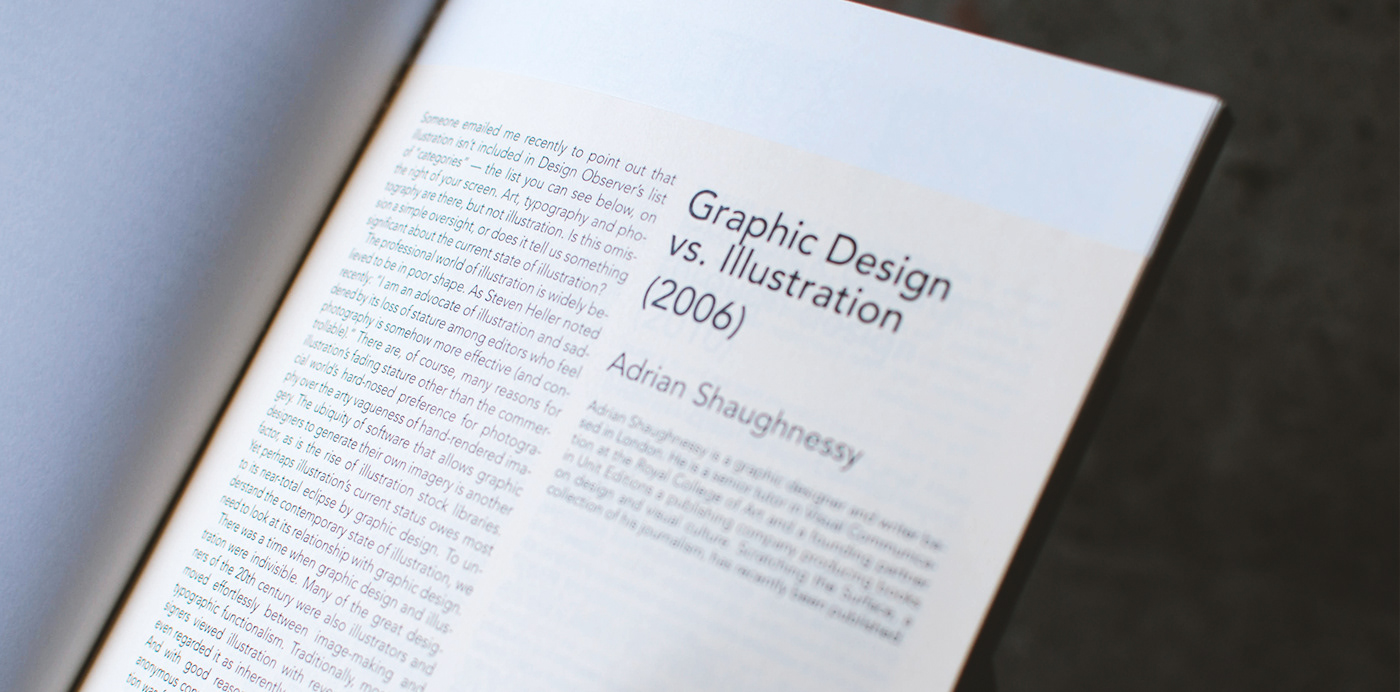
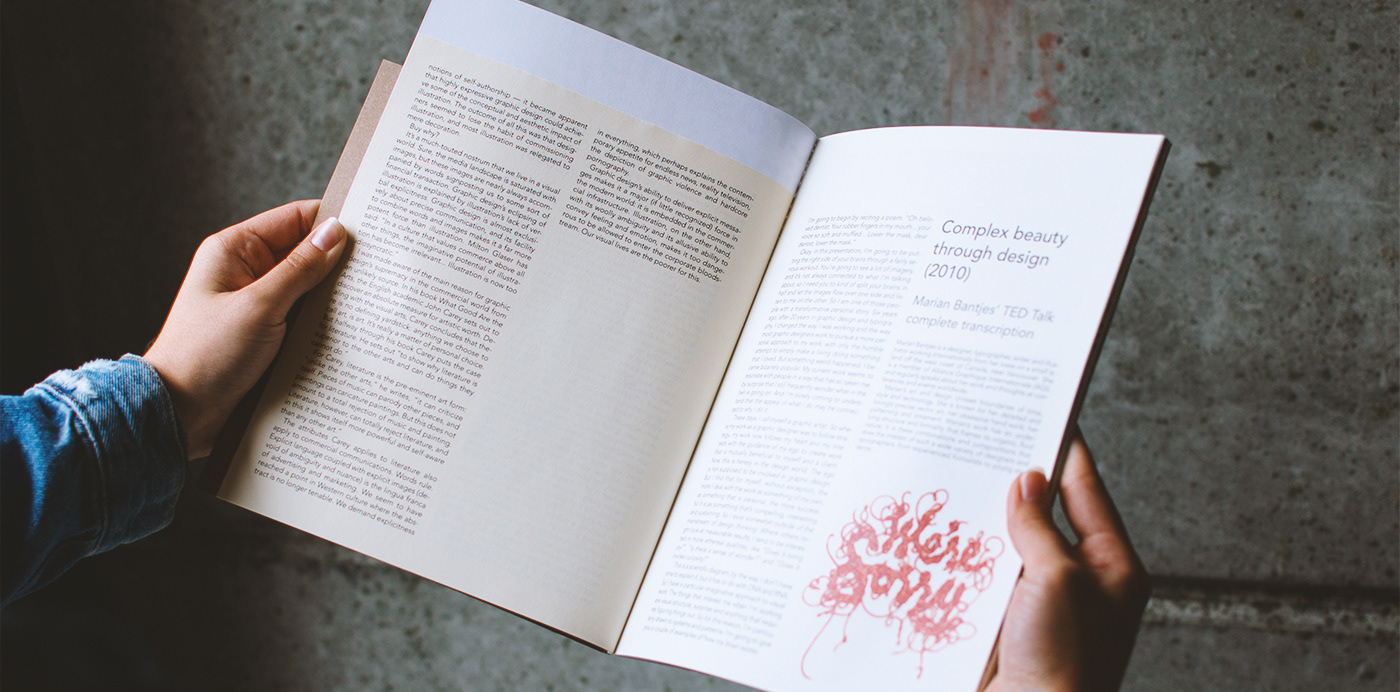
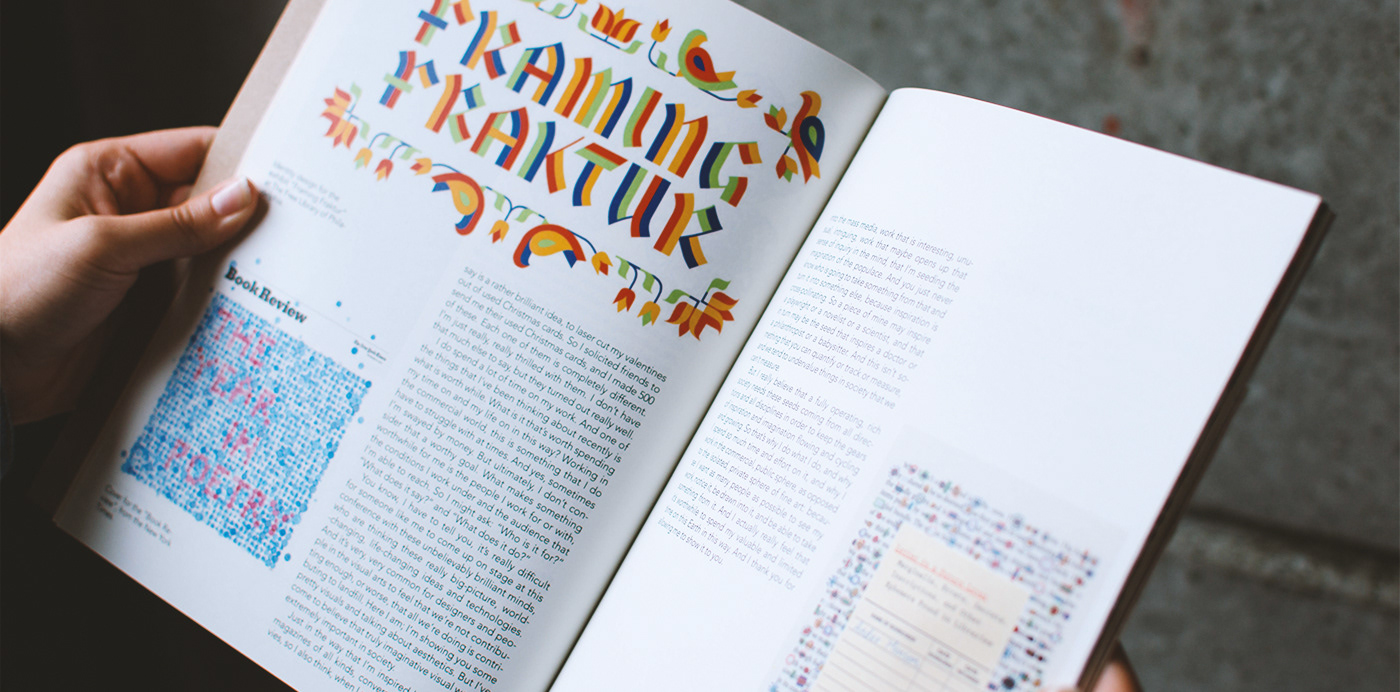
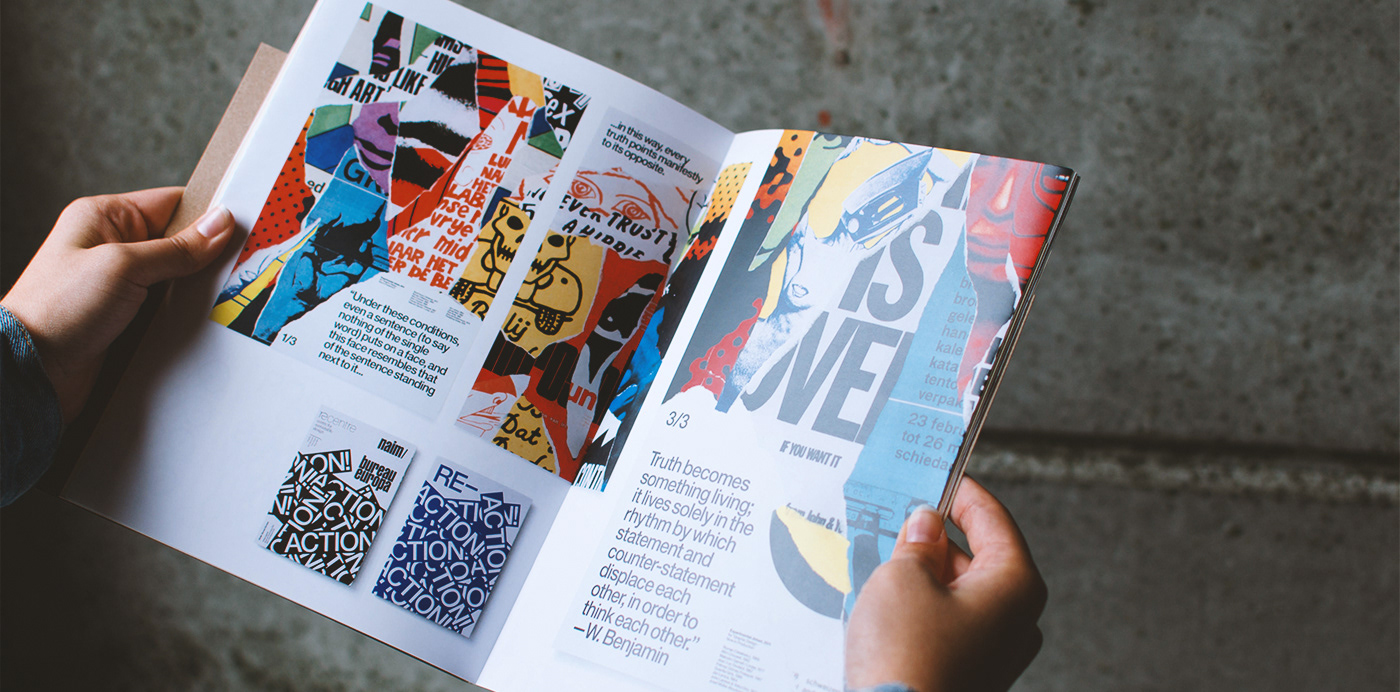
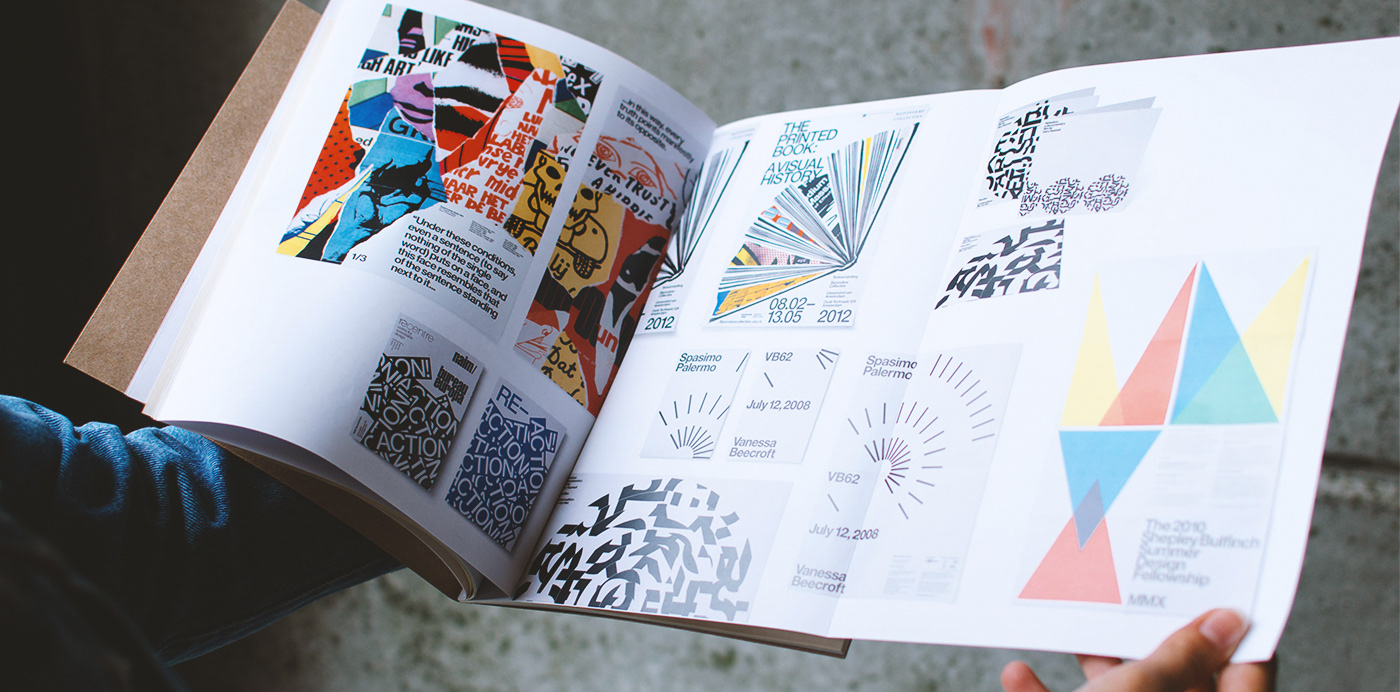
Is there really a clear line between illustration and design,
a line that separates and distance them?
Let's do our work. And if we find such a line, that we cross it.


Dimensions: 200 x 260mm
Typeface: Avenir
Papers: Couchê 135g, Munken 120g, Canson 120g, Kraft 350g, Adagio 80g
Typeface: Avenir
Papers: Couchê 135g, Munken 120g, Canson 120g, Kraft 350g, Adagio 80g


